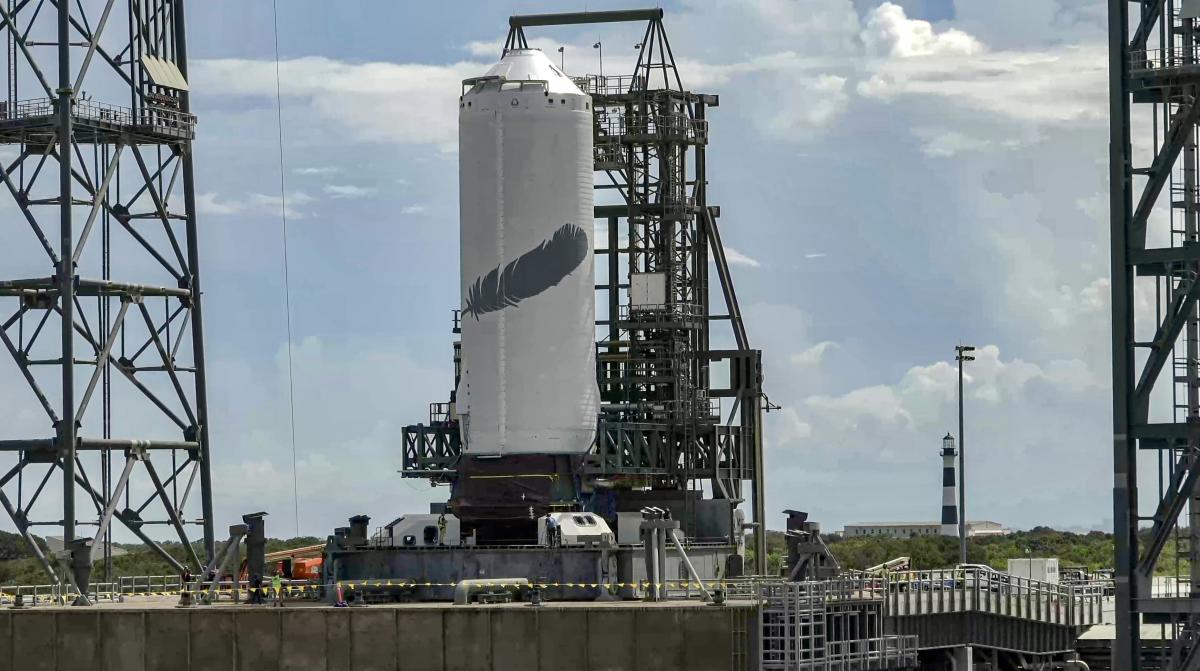The world will have to wait a little longer to see Blue Origin’s massive New Glenn rocket fly for the first time.
That rocket had been scheduled to launch two spacecraft to Mars for NASA during an eight-day window that opens on October 13. But NASA announced on Friday that it was pushing the mission, called ESCAPADE, to spring 2025, citing potential cost and technical issues with de-fueling the two satellites. New Glenn will now launch some of the company’s own technology in November instead.
The first launch of a new rocket always poses enormous risk, both to the launch vehicle and the payload, and Blue Origin has been racing to get New Glenn ready for launch in a month’s time. Blue Origin CEO Dave Limp acknowledged in a post on X that there was still much to do: “Still lots to do but progress,” he said.
Recent reporting from Bloomberg, which disclosed major testing failures of New Glenn hardware, also suggests that the time frame was ambitious.
An October launch would’ve seen the spacecraft arrive in Mars’ orbit in early September 2025. It’s unclear how long the transit time to Mars will be with the new launch window. NASA did not respond to TechCrunch’s inquiry by publication time.
Instead of the ESCAPADE spacecraft, the first New Glenn mission, which has been pushed to November, will carry Blue Ring technology. It will also be the first certification flight under the Space Force’s National Security Space Launch (NSSL) program. Blue Origin must complete two successful New Glenn missions before it can start launching national security payloads under NSSL.
Industry insiders say that NASA held a critical meeting yesterday on whether to fuel the two spacecraft; while NASA declined to comment, in a statement it essentially confirms that the risks of a launch delay after fueling were ultimately too large: “The decision was made to avoid significant cost, schedule, and technical challenges associated with potentially removing fuel from the spacecraft in the event of a launch delay, which could be caused by a number of factors.”
The spacecraft, which were built by Rocket Lab, use hypergolic propellants that are highly toxic. Christophe Mandy, the lead systems engineer for the ESCAPADE mission at Rocket Lab, told TechCrunch in an interview last month that having to fuel, and then de-fuel, the spacecraft introduces risk to the two satellites.
“If we are fueled, and then we have to de-fuel, getting the spacecraft cleaned increases various forms of risk in the spacecraft, which need to be handled,” he said. “So if they’ve been fueled, it opens up a certain amount of work in order to make the spacecraft back ready to launch.”
